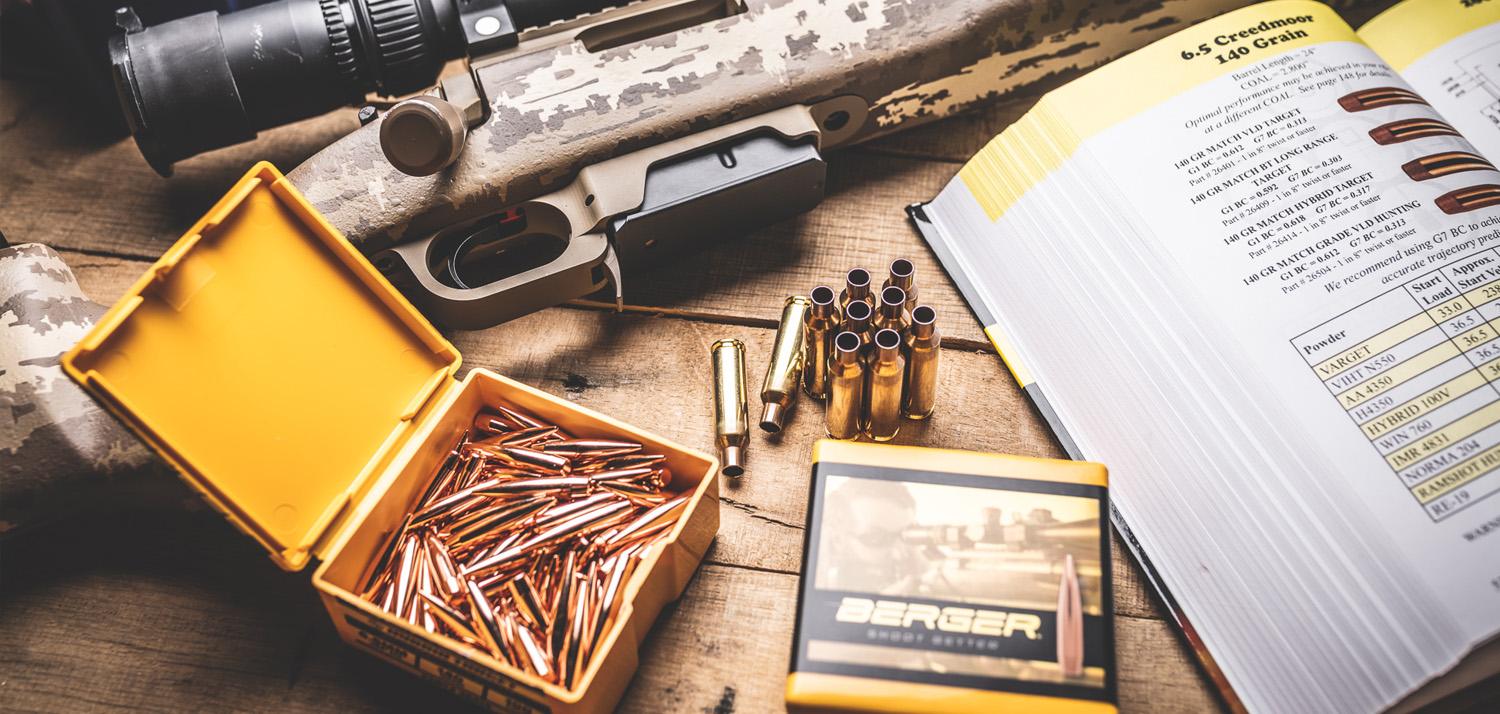Primary seating depth first. Then charge weight. Then tuning, which could be seating depth, primer, neck size, crimp etc. Order of tuning is based on your goals with the load and how delicately it can be tuned. Trying to shoot bench, go all out. Bouncing around a hunting lease you might not want such tight tolerances.
Primary seating depth is the coarsest adjustment you'll make in the process. You have to pick somewhere to start - mag length, SAAMI, 0.020" off lands, something else, all dependent on the circumstances with that rifle. How do you even shoot a velocity ladder without a seating depth? All those later steps are true tuning steps, but moving seating depth in large increments isn't tuning so much as setting an initial starting point.
You can skip doing a lot testing at the primary seating depth if you don't need to or can't mess with where you start - if you're shooting 3s at 0.020" off leave it there and tune a few thousandths around that after charge weight. If you're mag length limited and the base of the bullet is already down past the shoulder junction, not a ton of wiggle room there. If you can't touch the lands without the bullet halfway out the neck, no sense in trying to get there. If you're shooting something known to be finicky like a VLD and can move through all the 0.040" intervals, go ahead and shoot the depths now instead of trying do change seating depth that much on a higher pressure load where you could push yourself out of a node.
Charge for seating depth testing can be book starting, 93% of book max, something based of QL, etc. Doesn't have to be super fast but should be something decent. Unless it's your first time with the case or powder you can use something that previously worked and back off it some.
100% agree with Magnum up there ^^^ about aggregating and overlaying groups from multiple sessions. You can't claim an accuracy level for a group until you shoot a lot of it, 20+ rounds at least. Not a good feeling to shoot a .3" 3-round 1SD 3 ES group, then the next trip it shoots a 10-round 20SD shotgun pattern because you finally got enough data points to see what's really going on.


